1. The Grand Canal
A trip up and down the Grand Canal gives you plenty of photo opps. Sit outside (front or back), set a high-ish shutter speed (1/500th or faster) and wait for Venice to pass you by. Don't lean your elbows onto the edge of the boat - all the engine judders will go up your arms and give you camera shake.
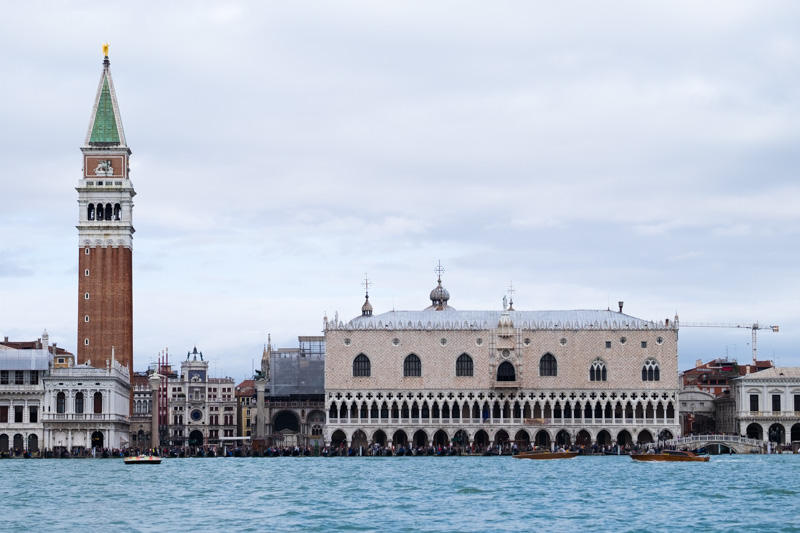
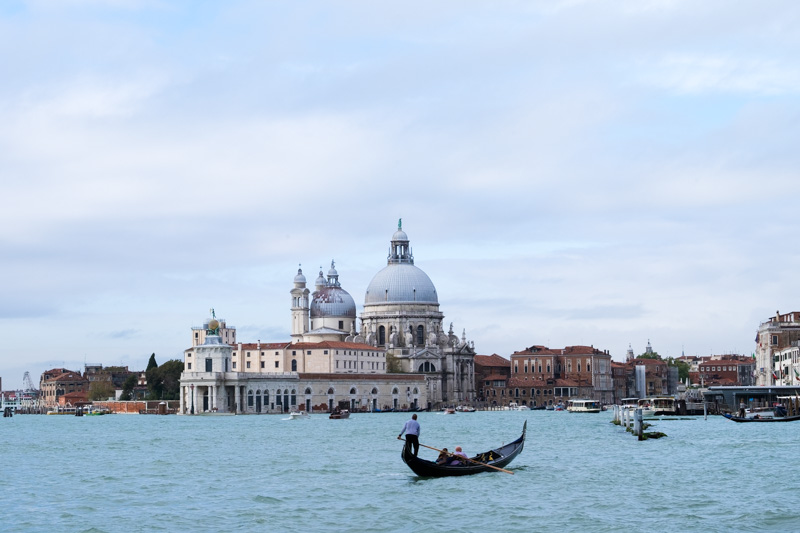
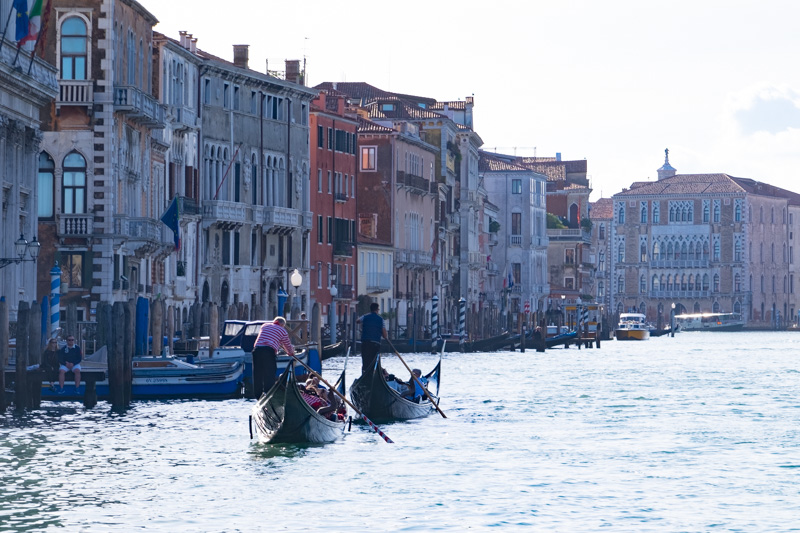

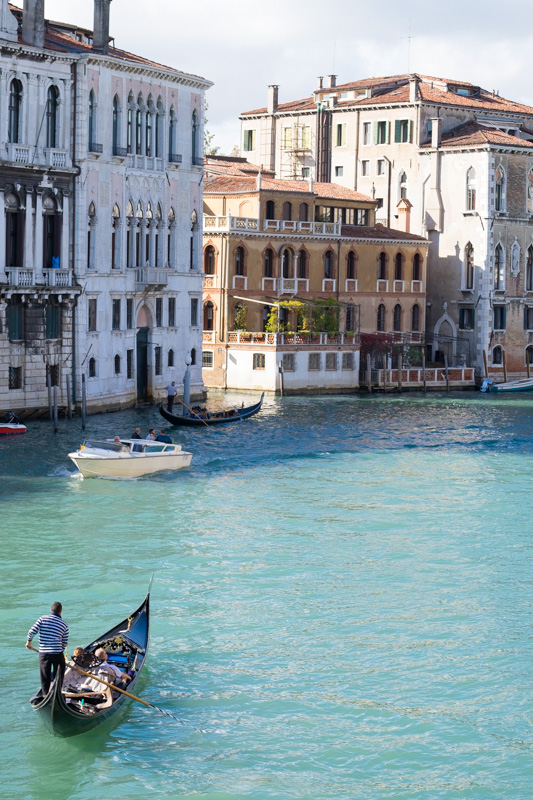

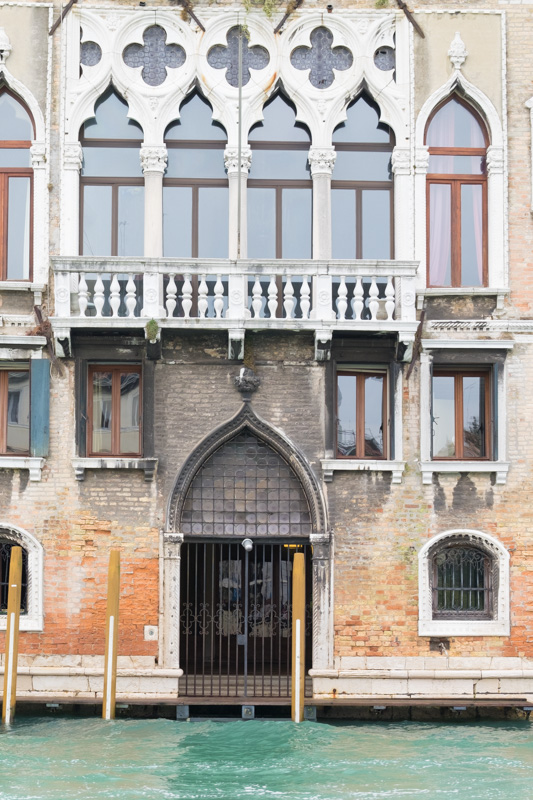
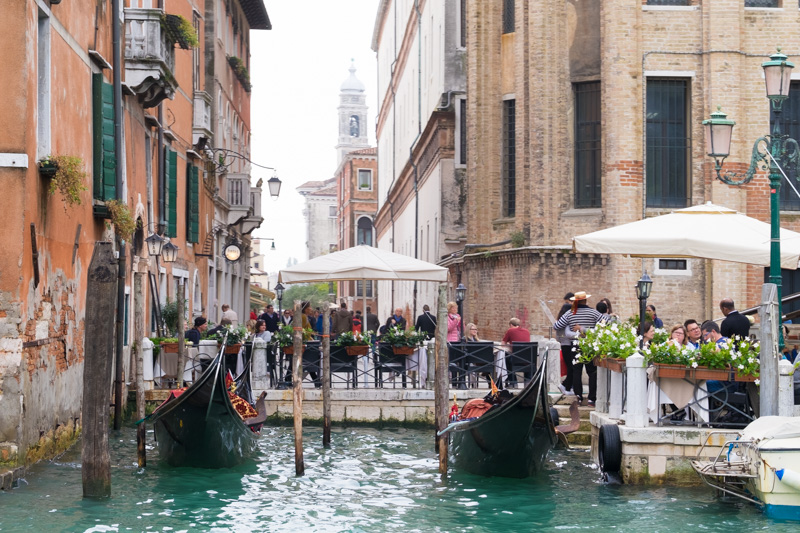
2. Blue skies?
Make the most of them.
3. Grey skies?
Shoot with black and white in mind, or crop the sky out.
4. How much kit can you carry?
There's a lot of walking involved in a day out in Venice. Use a comfortable backpack, or leave some lenses at home. You'll need a tripod for those blurred water images shot at sunset, but you probably won't want to carry it round with you all day.
5. Tickets and practicalities
The Vaporetto pass lets you hop on and off all the main boats around Venice and the islands. We managed to buy one on board without a fine, but they are easy enough to buy before you get on the boat. Validate it the first time you use it to avoid a fine.
If you plan on visiting more than one museum, buy the museum pass, it's definitely worth it.
If you're trying to get to the coloured houses island (Burano), make sure the guard doesn't mis-hear you and send you to the glass blowing island instead (Murano).
try my flagship photo workshop free
The email version of my flagship photo workshop, A Year With My Camera, is free. Join here to try it out:
6. Don't worry about getting lost
If St Mark's square is busy, just wander a couple of streets either side, you'll find empty squares and photogenic bridges.
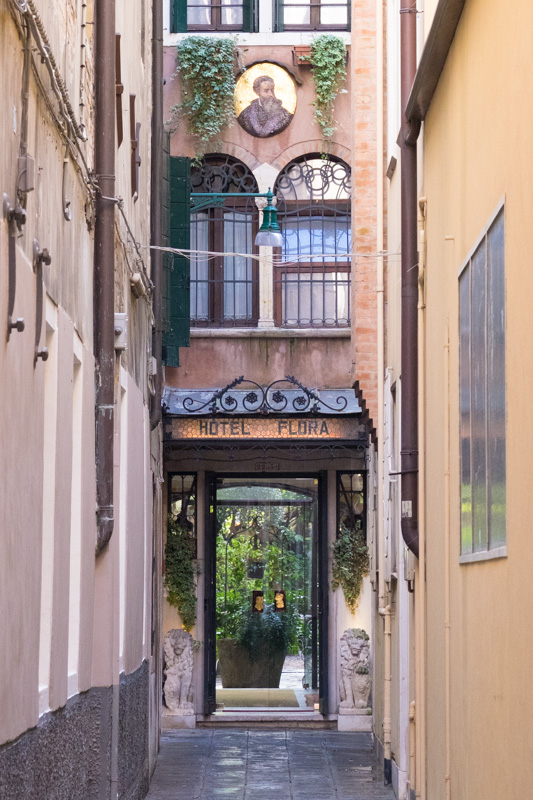
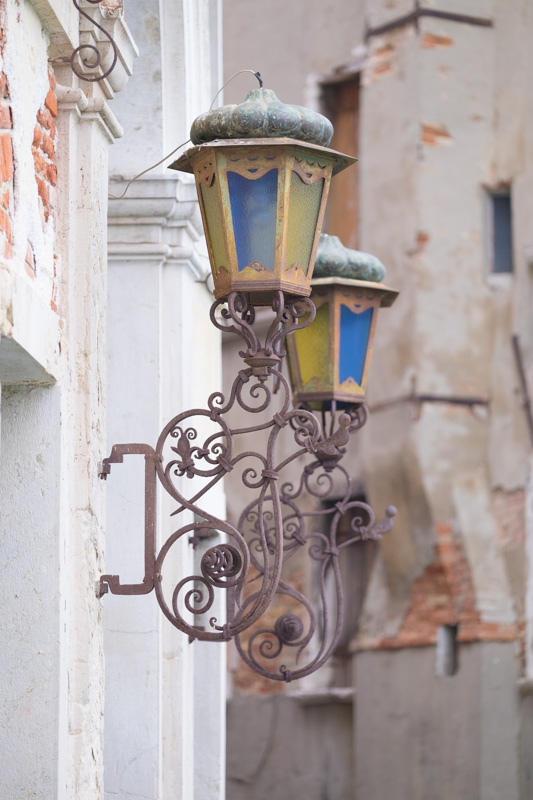
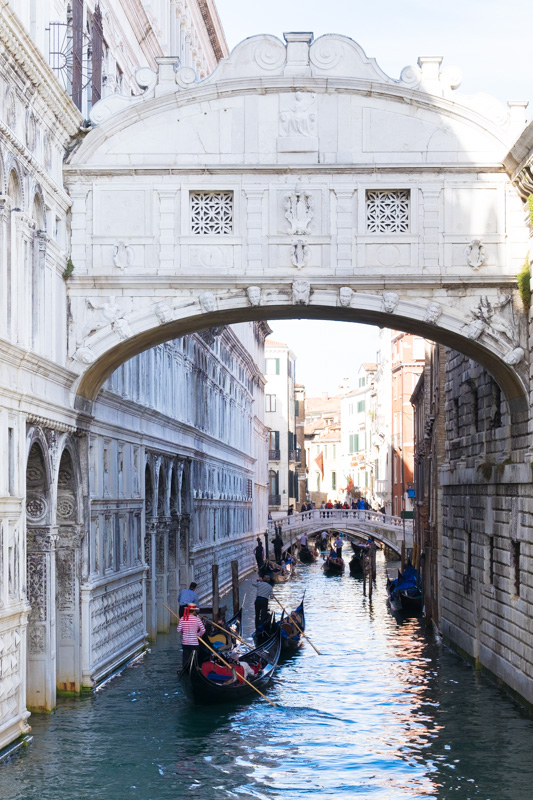
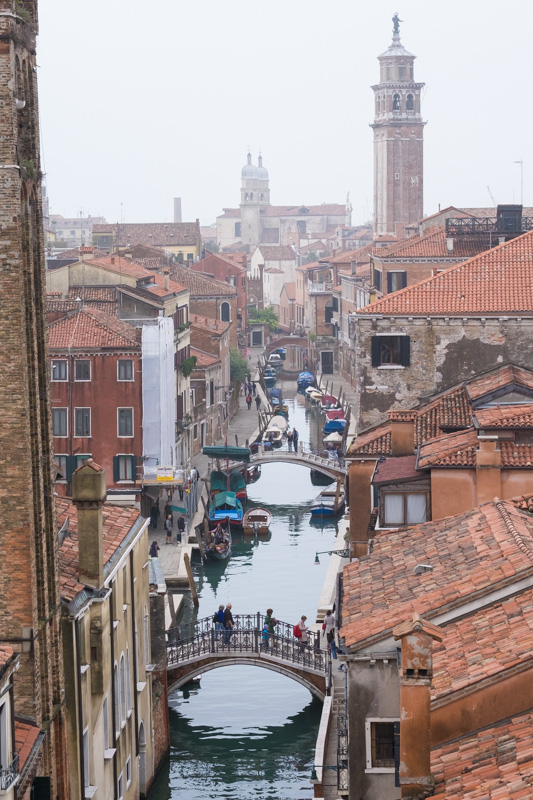

7. The Biennale
We were in Venice when the architecture Biennale was showing. Photographically, I'd say it's not worth the time to visit, unless you're there for a whole week.
8. Don't miss: St Mark's Square
It is always crowded. Get up very, very early or go during acqua alta (high tide flooding) for less people.
9. Don't miss: the view across the lagoon from St Mark's Square
This is the exact spot where I stepped down 1 step to get a lower view, slipped on the exceptionally slippery pavement, and dropped my phone in the lagoon. To get the ethereal blurred-out water shot (not shown), you'll need a tripod and a shutter speed of a few seconds. Which means you'll need to go when it's darker, or use a neutral density filter.
10. Acqua alta
If Venice floods at high tide when you're there, you'll need to wear wellies or buy some of these attractive looking shoe bags:
High tide only lasts for a couple of hours, so plan to be on board a boat if it hits when you're there and you don't have knee-high waterproof footwear.
11. Photographing museums
As long as you turn your flash off, you can seemingly take as many photos in Venetian museums as you like. We went to the gilded Ca' Rezzonico, and the equally decorative Museo Correr.
Use the widest lens you have to get the ceiling shots (these were taken with an 11mm), and accept the fact your ISO will creep up if you're not using a tripod (I didn't even try to take a tripod in, and I didn't see anyone using one indoors).
Ca' Rezzonico:
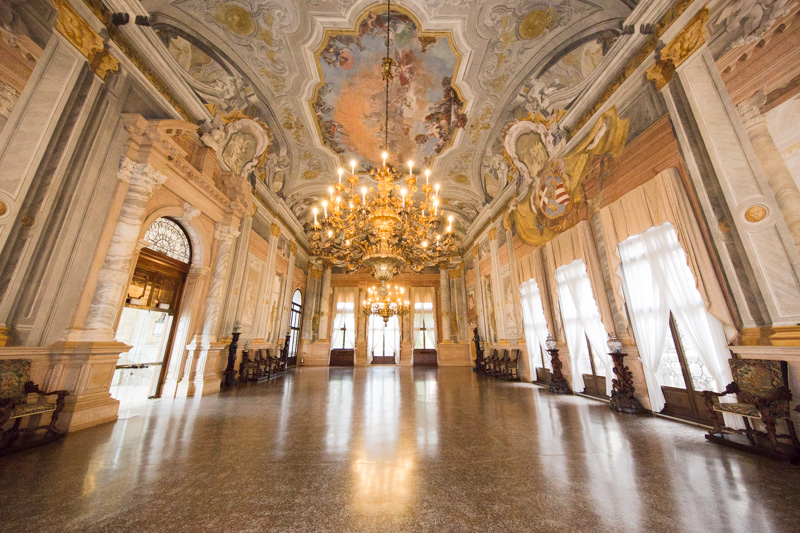

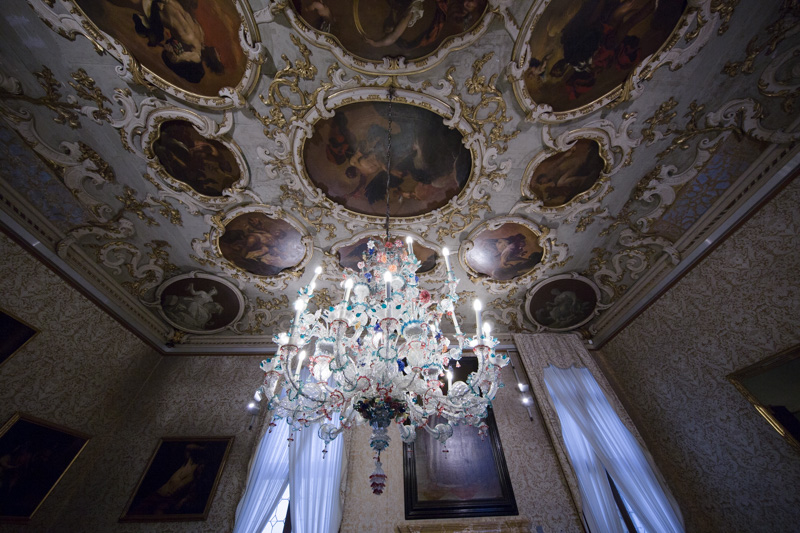
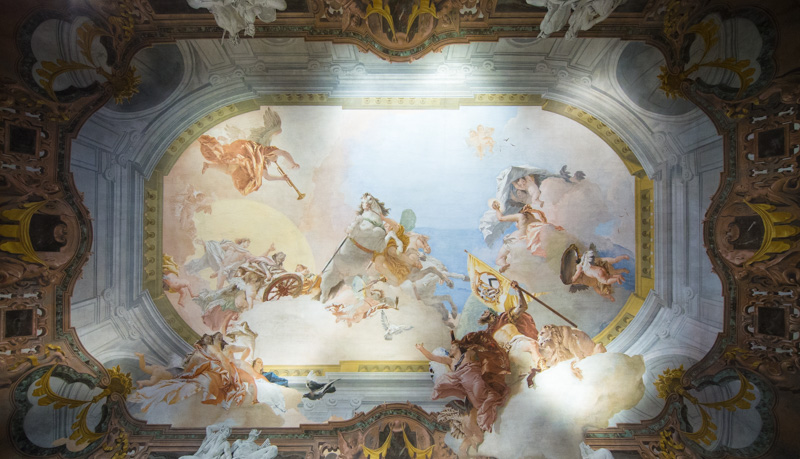
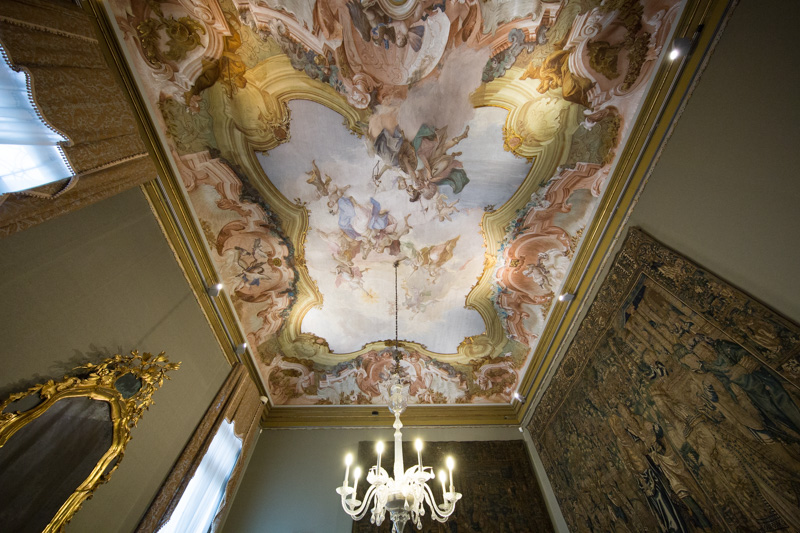
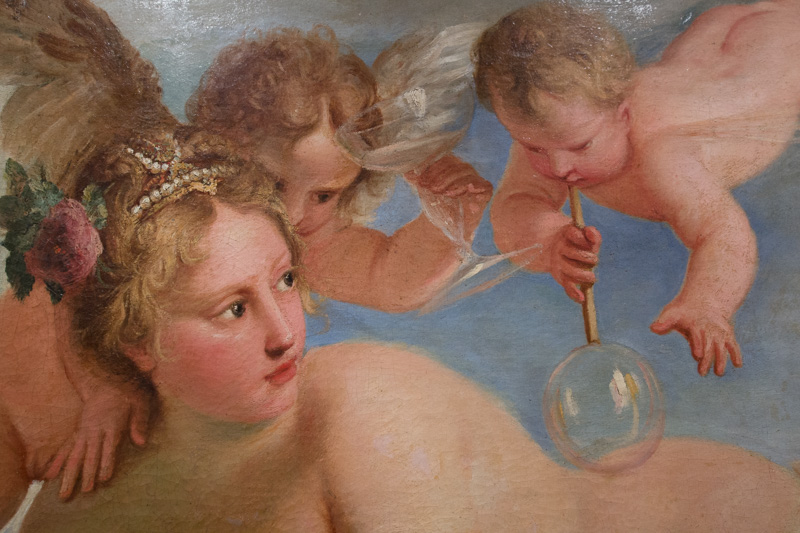
Museo Correr (with the best kept secret in Venice - the best museum cafe (first photo) with the best view (second photo) over St Mark's Square):

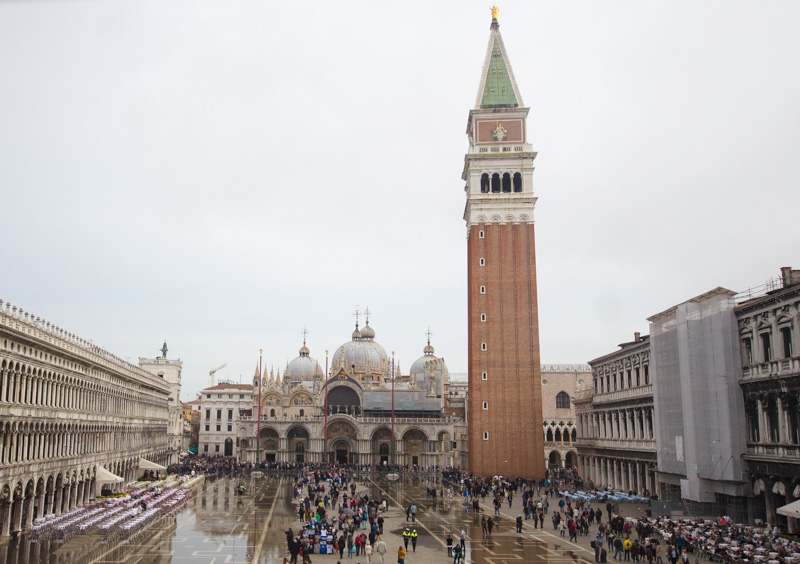
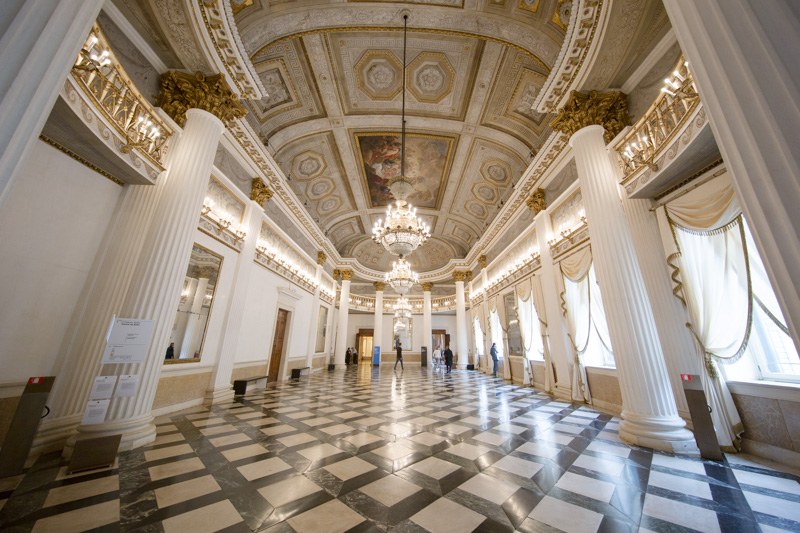

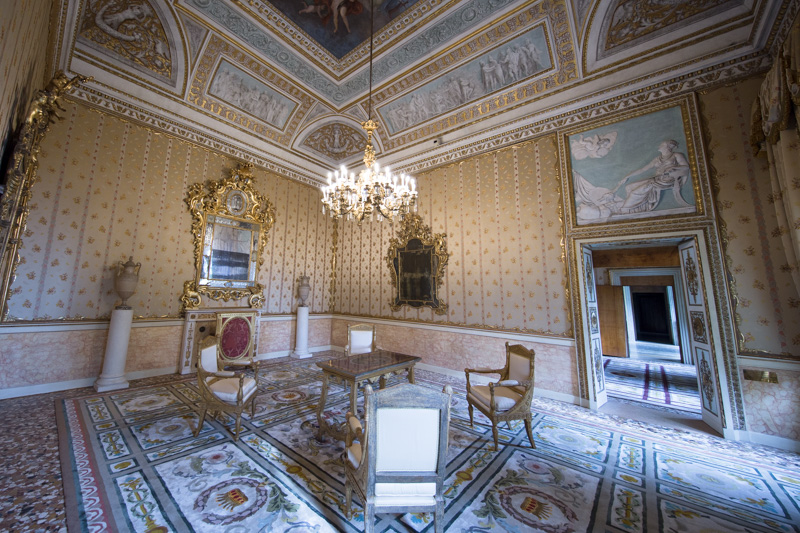
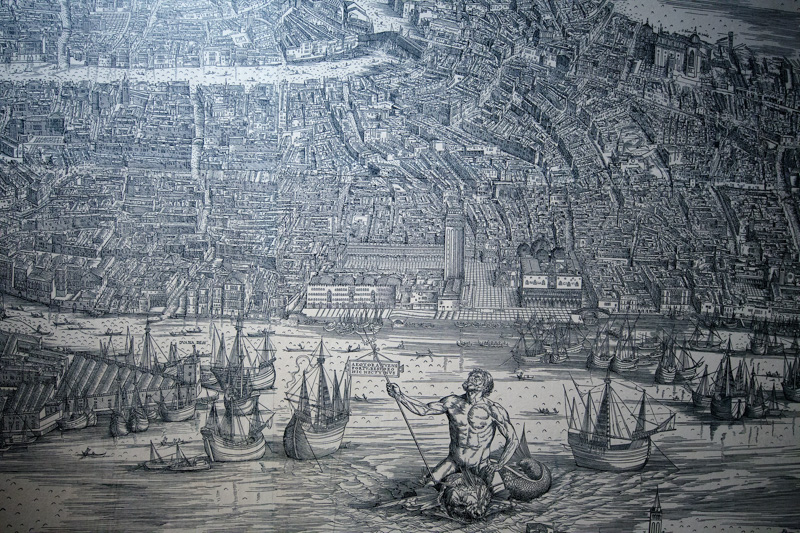

If you travel a lot with your camera, you might like my friend Shimona's new site. She lists out great photography locations around the world, with practical tips on local travel and best viewpoints: Sidecarphoto.co







